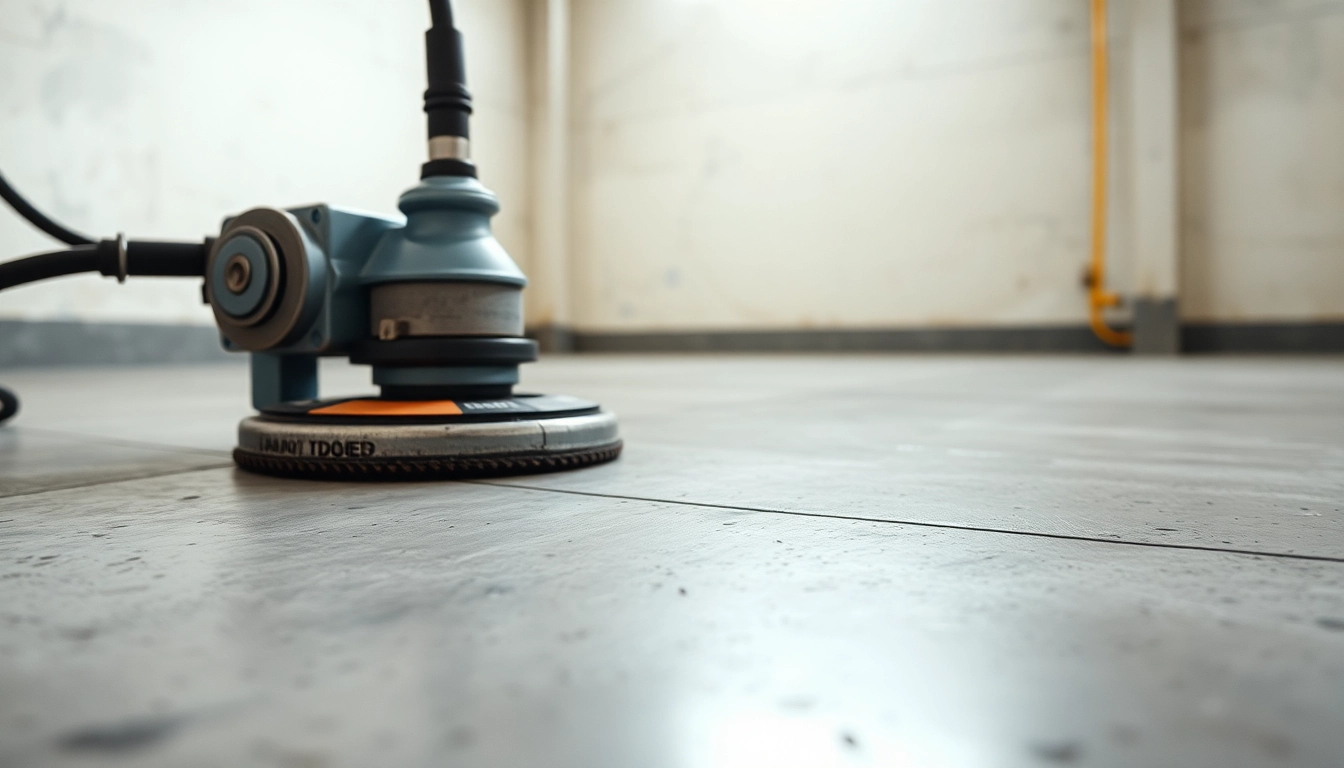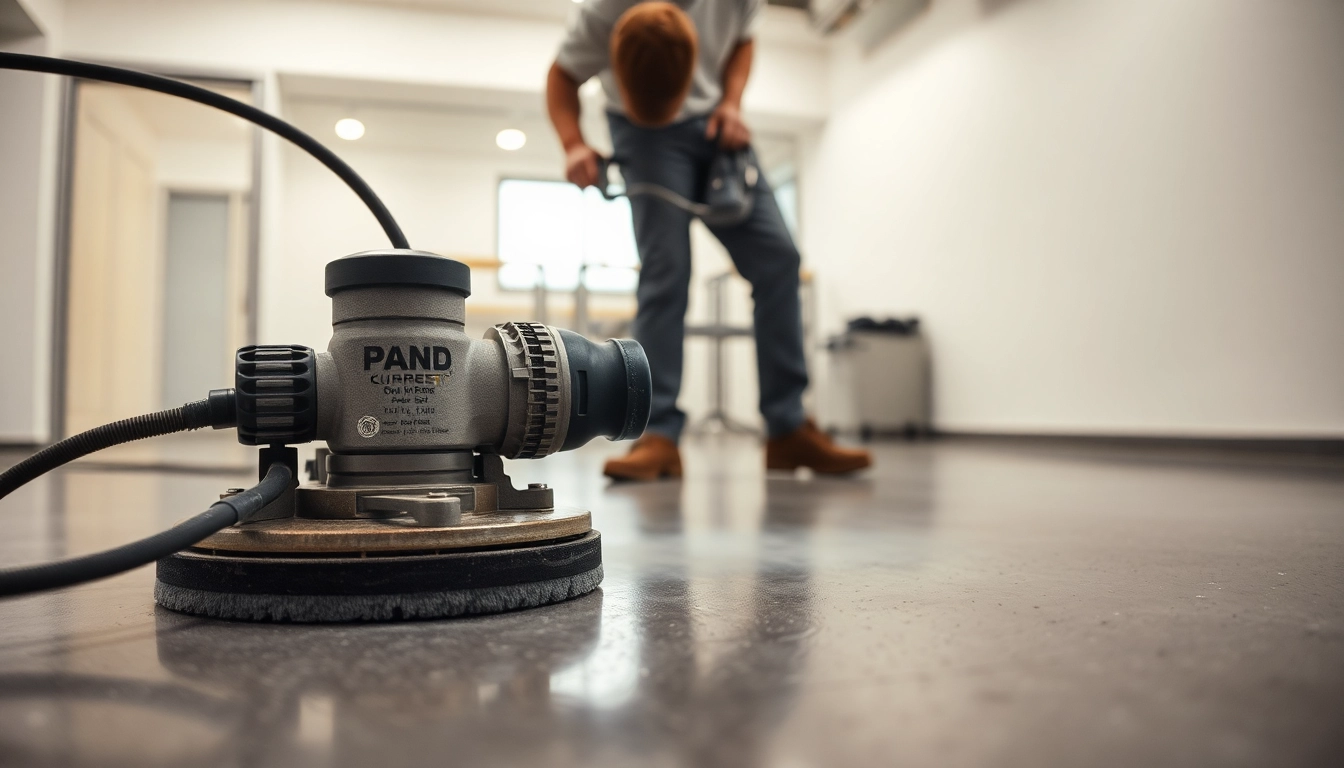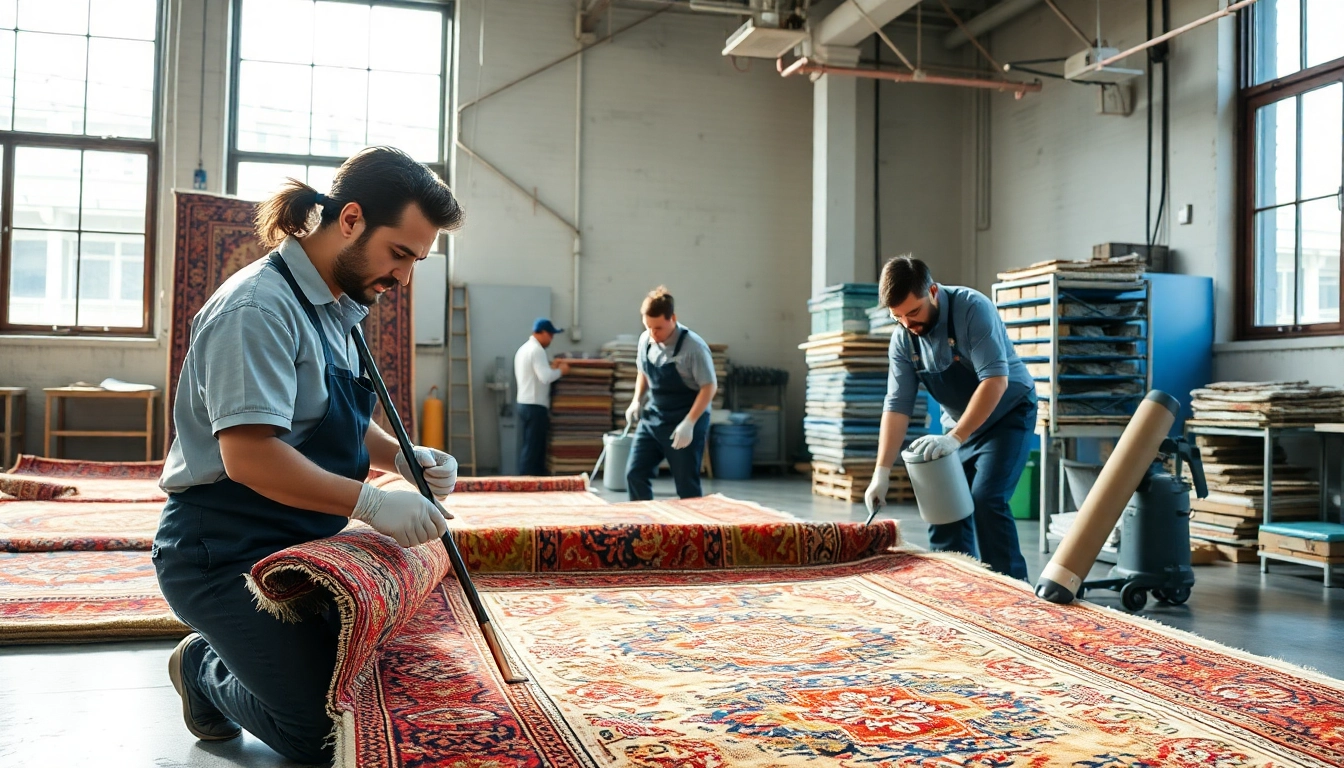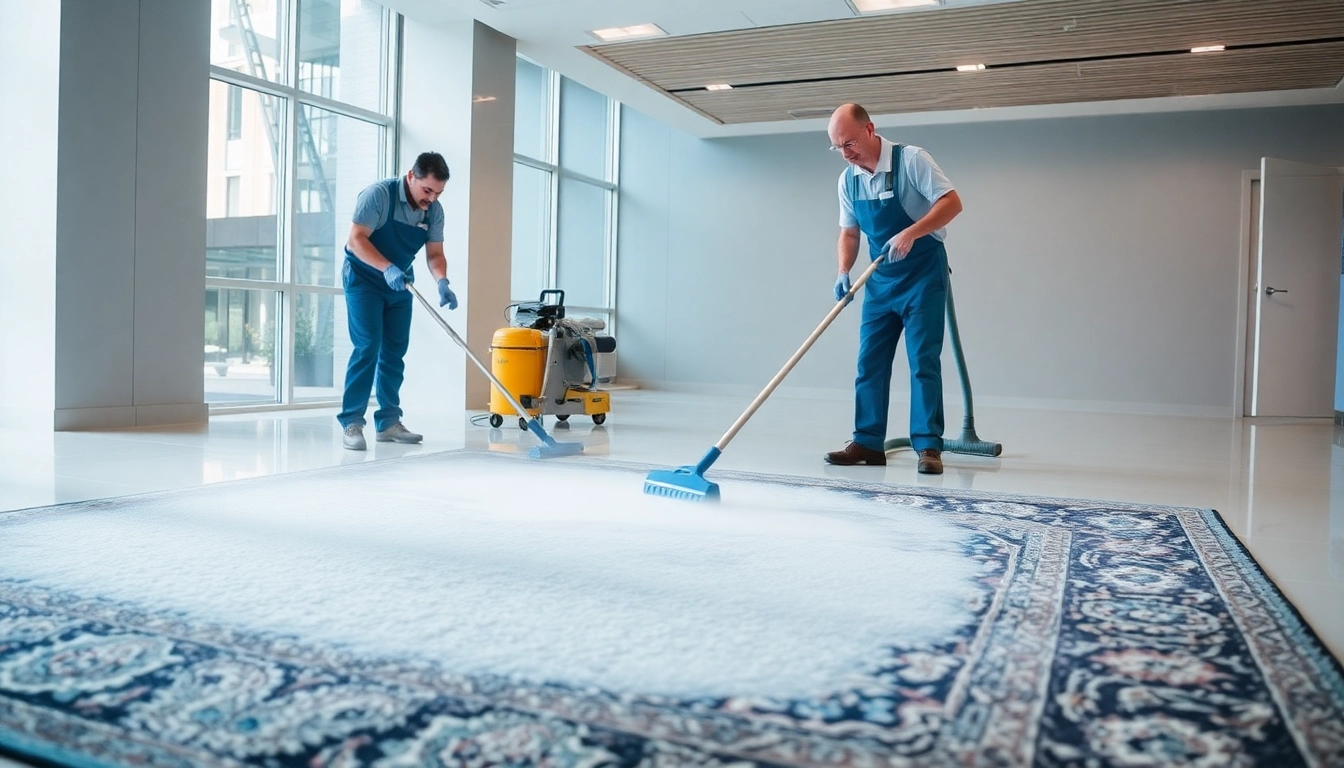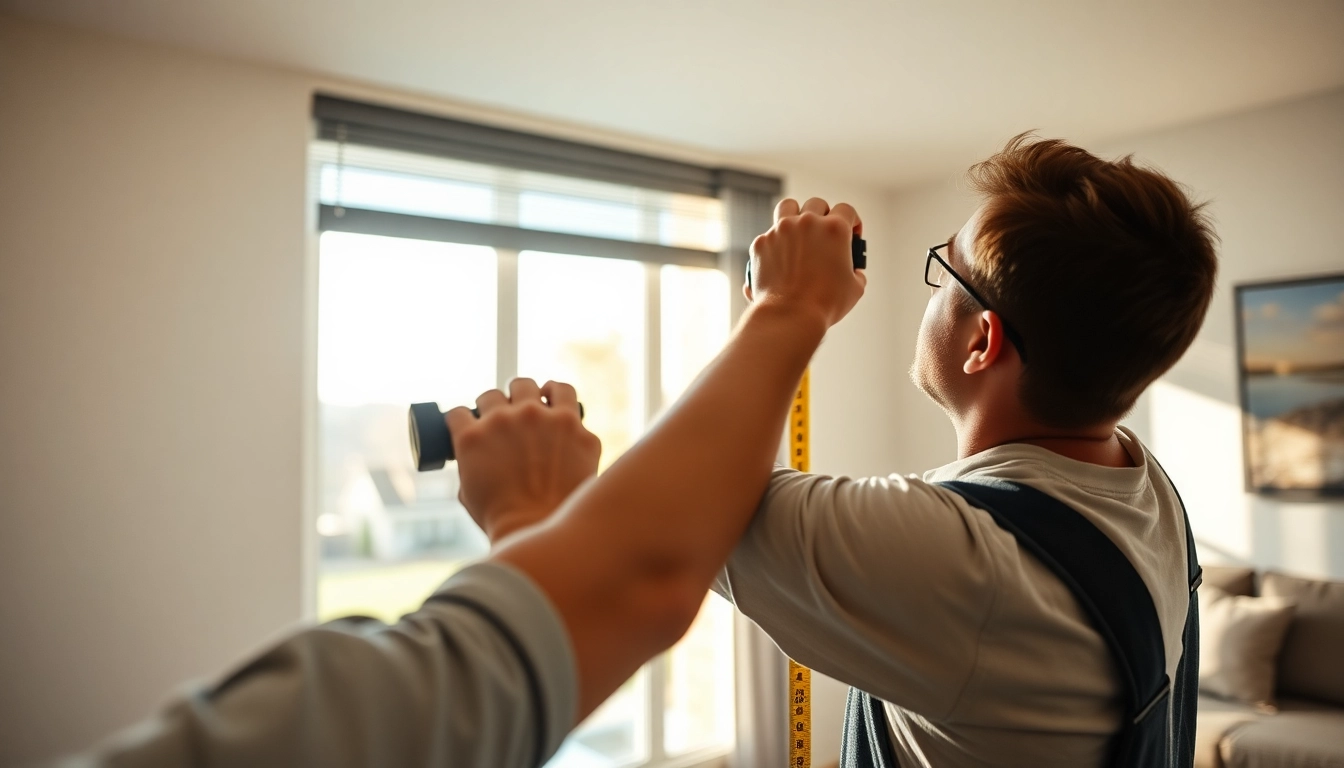Introduction to Floor Preparation in Birmingham
When it comes to achieving a flawless flooring finish, proper floor preparation is the cornerstone of success. Whether renovating a residential property or upgrading industrial spaces, the quality of surface preparation directly impacts the durability, appearance, and performance of your new flooring. In Birmingham, a city known for its rich industrial heritage and thriving commercial sector, professional floor preparation services have become essential for both property developers and homeowners seeking resilient and aesthetic floors.Floor preparation Birmingham is a specialized field that ensures your surface is perfectly conditioned for the next phase—be it coating, tiling, or installation. This article provides a comprehensive guide on why proper surface preparation matters, the various techniques employed, how to choose the right service provider, and practical steps to guarantee your flooring project starts on the right foot.
Why Proper Surface Preparation Matters
Surface preparation is often overlooked but is arguably the most critical step in the flooring installation process. It involves cleaning, grinding, leveling, and sometimes chemically treating the existing surface to create an optimal foundation for new flooring material. Skipping or inadequately performing this step can lead to numerous problems such as premature wear, delamination, uneven surfaces, and even safety hazards.
For example, a poorly prepared concrete slab can suffer from laitance (a weak layer of cement paste) that prevents adhesives from bonding properly, leading to flooring failure within months. Birmingham’s diverse properties—from historic warehouses to modern commercial complexes—demand tailored preparation techniques to address unique substrate conditions effectively.
Common Flooring Challenges in Birmingham Properties
Birmingham’s architectural landscape presents specific challenges for floor preparation. Many older buildings have floors with underlying issues such as:
- Uneven surfaces due to settling or deterioration over decades
- Presence of laitance, grease, or dirt from industrial use
- Residual adhesives or coatings from previous flooring layers
- Cracks, pitting, or crumbling concrete that compromise integrity
- Surface contamination from oil, chemicals, or moisture ingress
Addressing these challenges requires a skilled approach to ensure that subsequent flooring adheres properly and performs well over time. These issues highlight the importance of expert assessment and targeted preparation techniques specific to Birmingham’s diverse building stock.
Key Factors Influencing Floor Preparation Quality
Several factors determine the success of your floor preparation process, including:
- Substrate Type and Condition: Concrete, wood, or existing tiles each require different preparation protocols. The condition—whether cracked, uneven, or contaminated—dictates the extent of prep needed.
- Desired Flooring Material: Different finishes such as epoxy, vinyl, or hardwood have specific adhesion and surface smoothness requirements.
- Environmental Conditions: Humidity, temperature, and moisture content influence preparation methods, especially for concrete curing and moisture barriers.
- Project Scale and Timing: Larger projects might benefit from advanced machinery like shot blasters, while smaller refinements may suffice with hand grinding and cleaning.
- Compliance and Standards: Ensuring that the work meets local building codes and industry standards (like BS EN 13892 for mechanical surface preparation) is essential for safety and longevity.
Expert consultation often helps in evaluating these factors comprehensively before embarking on the preparation phase.
Types of Floor Preparation Techniques
Diamond Grinding and Shot Blasting Explained
Diamond grinding utilizes industrial diamond-embedded discs to smooth, level, and clean concrete surfaces. It’s highly effective at removing laitance, old coatings, and minor surface irregularities. Shot blasting, on the other hand, propels abrasive media at high velocity to clean and profile the surface, especially suitable for industrial floors requiring a roughened profile for coating adhesion.
Surface Laitance Removal for Better Adhesion
Laitance, a weak layer of cement paste, must be diligently removed because it hampers adhesion. Techniques such as scarifying, aggressive grinding, or chemical etching ensure the underlying concrete is ready for coatings or overlays.
Polishing and Profiling for Different Flooring Types
Polishing refines concrete to a high-gloss finish, often used in commercial or decorative applications. Profiling involves creating specific surface textures—rough or smooth—to match the requirements of different flooring adhesives, especially for epoxy resins or vinyl installations.
Choosing the Right Floor Preparation Service
Assessing Your Project’s Specific Needs
Understanding your project scope is crucial. Are you preparing a new build or renovating an existing floor? Is the surface affected by contaminants, or does it require leveling? Professional assessment allows tailored solutions that save time and money while optimizing results.
What to Expect from a Professional Team
Reliable flooring specialists perform comprehensive site evaluations, use advanced equipment, and follow industry best practices. You should expect detailed quotations, transparent process explanations, and adherence to safety standards. A reputable company will also provide post-prep inspections to confirm readiness for subsequent application stages.
Cost Considerations and Value for Money
While prices vary based on surface condition and techniques used, investing in high-quality preparation upfront prevents costly repairs or failure later. Typical costs range from £3 to £10 per square meter, but precise quotes depend on the specific requirements and scale of work.
Step-by-Step Guide to Floor Preparation Process
Initial Inspection and Surface Assessment
The process begins with a detailed inspection, including moisture testing, crack assessment, and determining contamination levels. Accurate diagnostics guide the selection of appropriate machinery and techniques.
Preparation Techniques and Equipment Used
The core procedures may include grinding with planetary or ride-on machines, shot blasting, scarifying, or chemical treatments. Use of specialized tools ensures the removal of laitance, adhesives, and surface irregularities with minimal substrate damage.
Post-Preparation Inspection and Readiness
Final checks involve measuring surface smoothness, flatness, and cleanliness. Confirming moisture levels are within permissible limits ensures the floor is ready for coatings, overlays, or installation.
Maintaining and Extending Your Floor’s Lifespan
Tips for Proper Floor Care After Preparation
Post-installation maintenance prolongs floor lifespan. Regular cleaning, avoiding harsh chemicals, and applying suitable sealants help preserve surface integrity. Prompt repair of minor damages prevents escalation.
Common Mistakes to Avoid During Installation
Incomplete preparation, rushing the curing process, or using incompatible materials can undermine your flooring. Always follow expert advice and manufacturer guidelines for the best results.
When to Call Professionals for Repairs or Re-Preparation
Signs such as cracking, peeling, or uneven surfaces suggest re-evaluation is needed. Professional re-preparation restores the surface, ensuring compatibility with ongoing or new flooring systems.
